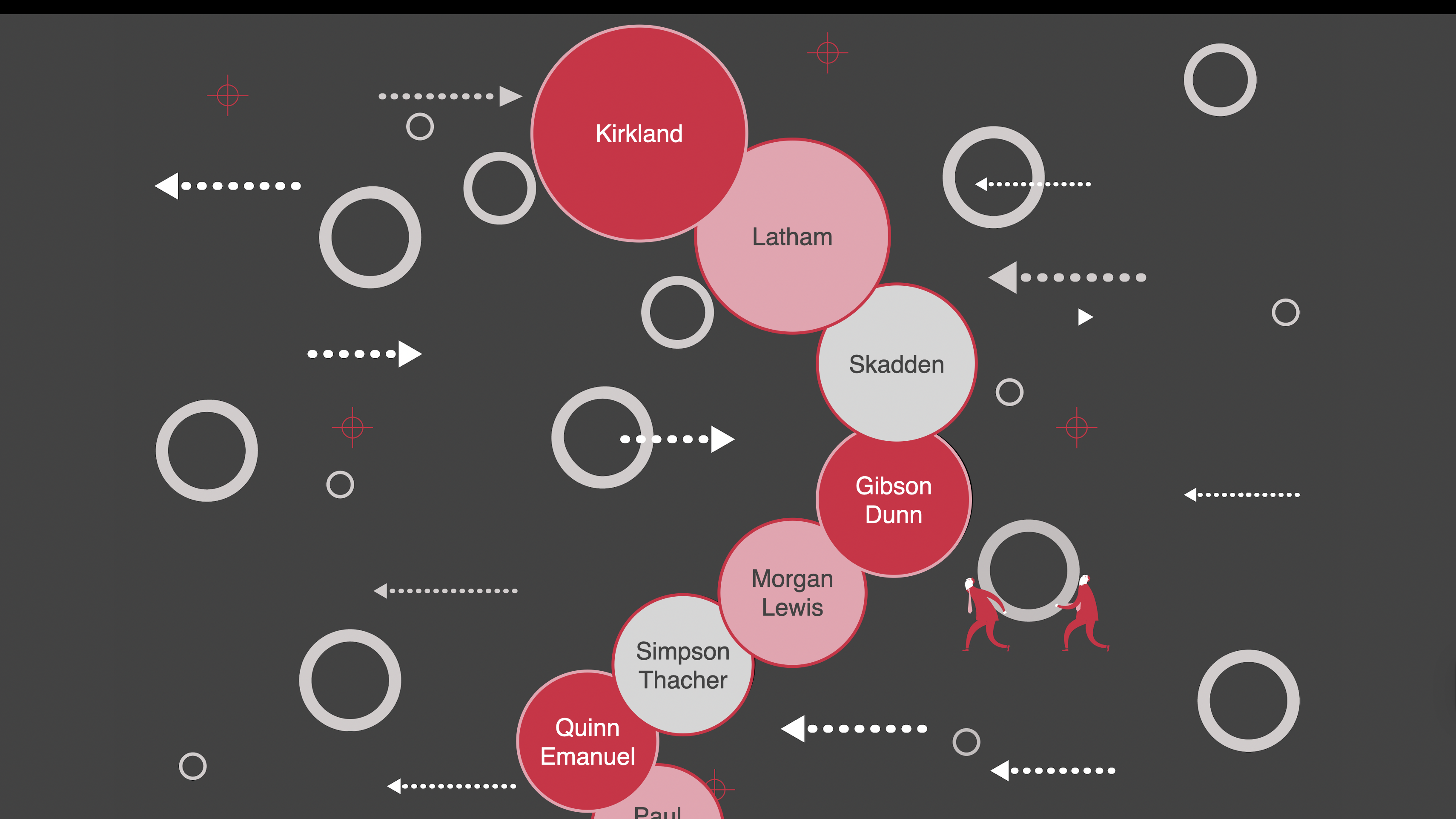The bridge between marketing and firm strategy? Your brand.
CMOs in large professional service firms are rarely short of activity. But they are often short of alignment.
In conversations with senior marketers, one frustration recurs with striking consistency: their team is pulled in too many directions. Bespoke campaigns for dozens—sometimes hundreds—of partners, each insisting on priority for their sector or specialism. The result? A marketing agenda fragmented across service lines, with little space for the strategic priorities that leadership has set.
This isn’t a problem of effort. It’s a problem of architecture.
And the remedy is to position brand not as the decorative layer on top of marketing, but as the strategic bridge—linking the firm’s day-to-day marketing activity with its long-term business ambition.
Disconnected urgency, diluted strategy
Most professional service firms lack a unifying force between what the firm wants to become and what its marketing function is asked to deliver day-to-day. Each practice group or partner-led team has its own client focus, commercial goals and service priorities. Their requests are not unreasonable in isolation. But en masse, they create chaos.
“This isn’t a problem of effort. It’s a problem of architecture.”
Multiply those micro-agendas by fifty, a hundred, or more, and it becomes impossible to sustain any meaningful alignment with the firm’s enterprise-level strategy—whether that’s geographic expansion, sector repositioning, or margin improvement through higher-value mandates.
Even when leadership sets out a clear strategic ambition—say, to grow the firm’s profile in the US market or elevate its reputation in technology sectors—there’s no guarantee that the marketing activity beneath will reflect that ambition.
The teams executing marketing work day-to-day often operate with minimal reference to the firm’s long-term positioning goals. That gap is not benign. It’s where strategic drift takes hold.
Why brand matters more than messaging
In corporate settings, CMOs can align marketing with strategy by controlling the budget. In partnerships, that lever is either small or non-existent. Influence comes not from enforcement, but from consensus. Which makes the role of a clear brand strategy especially potent.
A well-constructed brand framework serves as a strategic infrastructure—a shared reference point that connects partner-level concerns with the firm’s overall aspirations. It enables CMOs to say: “Here’s what we’re building together. And here’s how your practice area contributes to it.”
It’s not about suppressing difference. It’s about orchestrating coherence.
“Brand is not a slogan or a logo. It’s a filter for decision-making.”
From brand theory to strategic action
Brand, when treated seriously, is not a slogan or a logo. It’s a filter for decision-making. It forces the firm to clarify the kind of work it wants more of, the reputation it must build to secure that work, and the market perceptions it must shift to get there.
Practically, this means defining a small number of firm-level positioning themes—for example, cross-border regulatory insight, strategic disputes, or digital transformation in asset-heavy industries—and then embedding those themes into sector and practice group marketing.
This does not diminish local relevance. On the contrary, it gives practice groups a platform they can interpret and extend—rather than starting from scratch. The best results come from co-creating campaigns that serve both micro and macro objectives: tailored enough to matter locally, unified enough to build a firm-wide brand.
A case in point
In a recent engagement with a large international law firm, our work focused on three strategic goals: (1) shift perception from technical delivery to business-critical advisory; (2) elevate visibility among tech-sector clients; and (3) embed ESG as a signature capability across practices.
Rather than attempting to centralise all content, we developed a modular brand framework—enabling practice groups to plug into firm-wide campaigns while tailoring tone, examples, and content formats. We introduced messaging maps and quarterly alignment sessions, allowing marketing teams to translate high-level themes into sector-specific narratives.
Within months, the firm saw a marked improvement in partner engagement with central marketing—because the brand strategy was not telling them what to say, but helping them say what mattered, more effectively.
“The CMO’s job is not to deliver activity. It is to deliver alignment.”
The CMO’s strategic lever
In professional service firms, brand is one of the few tools that offers CMOs both influence and alignment. It provides a non-threatening, business-wide framework for surfacing key decisions: What do we want to be known for? Which markets matter most? How do we want to be perceived by clients we don’t yet serve?
Once those answers are agreed, brand becomes the integrating mechanism—not a set of colours and words, but a strategic discipline guiding investment, messaging and campaign development across the firm.
Conclusion: Start with brand, stay with strategy
In fragmented, partner-led environments, the temptation is to do everything, everywhere, all at once. But real progress—reputational, commercial, strategic—comes from focus. And focus comes from clarity of brand.
The CMO’s job is not merely to deliver activity. It is to deliver alignment. And that alignment begins with brand: the only credible bridge between the firm’s marketing machine and its strategic intent.











